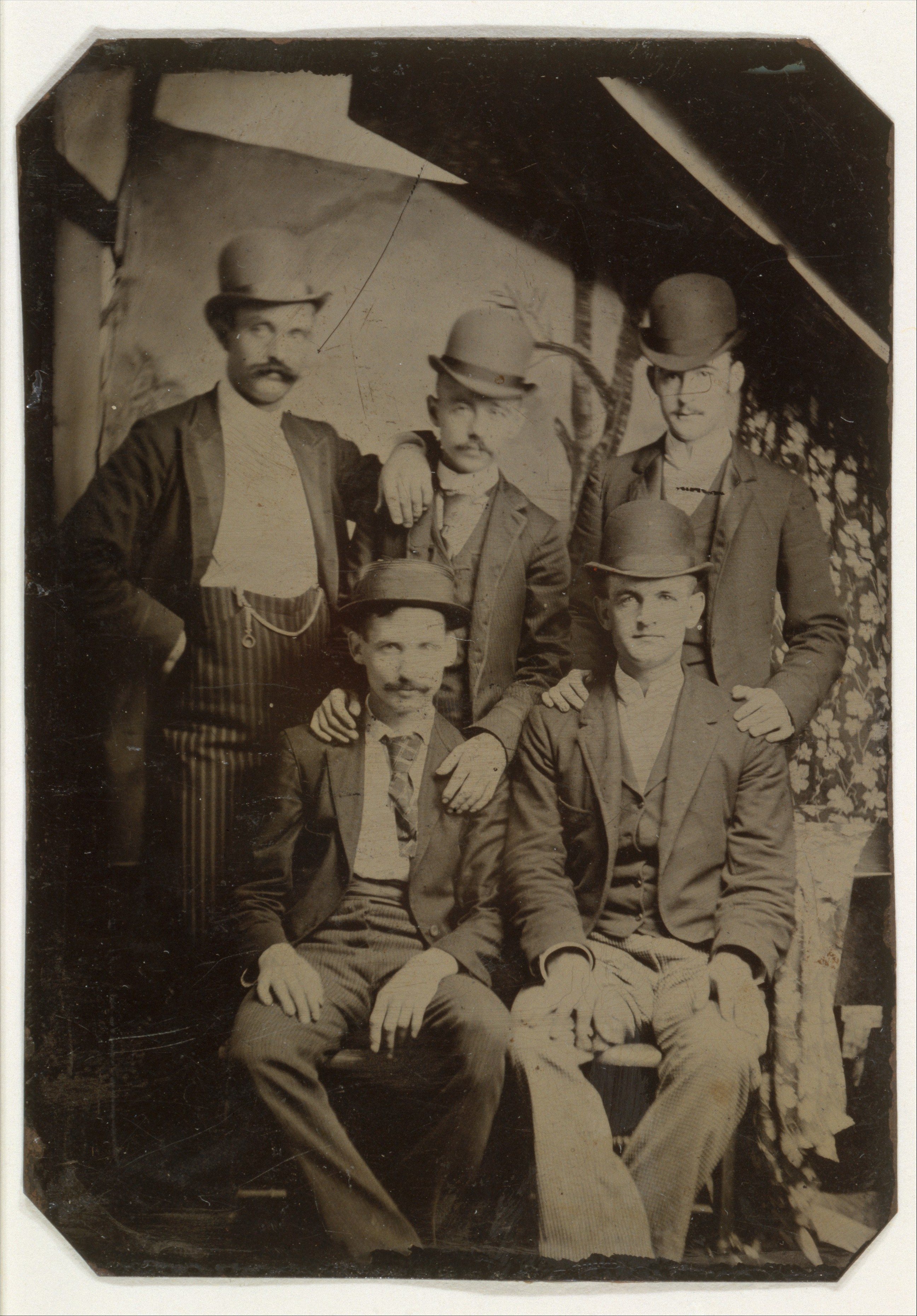- Home
- Local History
- The Bowler Hat
The Bowler Hat
Written by Pam Preedy.
In the 19th century, clothes, including the hats worn by the upper classes and aristocracy were very important, so it might surprise you to know that the bowler hat was not originally made for the ‘toffs,’ but for the working classes.
In 1849, a nobleman named Edward Coke (pronounced ‘cook’) of Holkham Hall, Norfolk, needed a special hat to protect the heads of his gamekeepers. He was the younger brother of William Coke. At the time Coke’s gamekeeper and other estate groundsmen wore top hats that had square crowns and often got knocked off and damaged when they hit the ground. He needed a new design. It had to be a hard, protective hat, close-fitting with a low, rounded crown.
Edward Coke travelled to James Lock & Co. (London) with his ideas for the project. The prototype was made by the company’s chief hatter, Thomas Bowler; hence the name Bowler Hat.
On 17th December 1849, Coke returned to London. When he saw the new hat he tested it by stamping on it, he was delighted and paid 12 shillings – about £60 today. William Miller Christy, from Christy’s factory in Bermondsey in London, became one of the largest manufacturers of the ‘Bowler.’
The hat has had several names. At first it was called a ‘Coke’ after Edward while the gamekeepers called it the “Billycoke,” – the name has now gone out of fashion. In 1850 the hat was soon renamed, “The Derby” after the famous horse-race introduced by the 12th Earl of Derby in 1780.
In 1886 J.B. Stetson crossed the Atlantic to visit Christy’s second factory in Stockport to enquire how Christy’s had such a productive workforce. Stetson used Christy’s design for the Ten Gallon hat – for which Christys’ received an on-going royalty.


The Derby became popular in the American west. They liked it because in addition to its popularity with cowboys it was favoured by railroad workers; it was close fitting and stayed on the head even in strong wind and so was very practical. It was popular with criminals, who wore black hats and lawmen (white hates).
It was worn by men such as Bat Mastersib, butch Cassidy, Black Bart, and Billy the Kid. However, the brim of the hat did not protect wearers from the level of sun, so many men transitioned to Stetson’s “Boss of the Plains” style hat which was tall and had a wider brim.
The “Bowler” came into fashion in Britain worn by city gentlemen such as bankers, businessmen and lawyers with their uniform of pin-striped suit and umbrella in the 1920s. the city gentlemen would have filled all the railway station of Bromley in the rush hours, most wearing their bowlers. It was also considered a hat for the upwardly mobile.
By the 1970s its popularity began to decline. In modern times bowlers are rare, although the suited, hatted gentlemen with rolled umbrella remains a representation of Englishmen. For this reason, two bowler-hatted men were used in the logo of the British building society (subsequently bank), Bradford & Bingley.
In the 1890s the bowler hat became more synonymous with the entertainment industry because of its durability and also its working class associations. Charlie Chaplin used it when he created his Little Tramp persona in 1915. Others followed suit throughout the 20s, 30s and 40s: men such as Laurel & Hardy and Lou Costello of Abbott & Costello. In the 1960s on British TV Patrick Macnee played John Steed in the Avengers and often wore a bowler hat.
In 1920, British railway workers introduced bowler hats to Quechua and Aymara women of Bolivia, where they call it a bombin in Spanish, and it has been worn there ever since. Bowler hats for the Bolivian market were made in a factory in Italy. In the 1900s British colonials introduced the hates into Nigeria, on the Niger.



Originally published in Life in Bromley magazine (Issue 20, October 2023)
